It may surprise you to know that if you visited two different acupuncturists for the same issue, you may receive two very different, and yet highly effective acupuncture treatments. You may be wondering, “How is this possible? Isn’t there only one way acupuncture can help to get rid of my headache?”
Actually, there are a plethora of ways acupuncture can calm a headache, reduce anxiety or heal digestive upset. This is because there are not just one, but many styles of acupuncture. We like explain to our patients how this is similar to various styles of painting or different methods of cooking; differences that can come about from experimentation, practice and refinement of a skill. Each acupuncturist gravitates towards a particular style which they find effective for their patients, and thus we have many skilled acupuncturists who practice an assortment of styles in the U.S.
It’s fascinating to look at how different styles of acupuncture developed. For thousands of years in China many variations of acupuncture flourished. Knowledge of each particular style was generally handed down within the family structure. One family member would train another family member, and thus the medicine was handed down through the generations. As acupuncture was imported by other Asian countries, it was further refined to suit the particular needs of a different culture. Nowadays, if you visit a practitioner who practices Japanese-style acupuncture, your experience will be very different than if you visit someone who practices Korean-style acupuncture.
One style of acupuncture which many of our practitioners have grown to LOVE is known as distal needling. It is a form of needling which has been in practice for thousands of years. This style of acupuncture places needles distal (or far away) from the site of discomfort. For example we’ll often choose points in the feet to treat headaches. Conversely, we might needle a patient’s head to treat plantar fasciitis or heel pain. This style of acupuncture is so enjoyable because it allows patients to move the area of discomfort in a prescribed manner (something which is called “Active Mobilization Technique” or active approach) while the needles are in place. Moving the area of discomfort, along with taking a few slow, deep breaths, helps to guide fresh blood and oxygen to the injured area. This in turn will decrease local inflammation and pain quickly.
One of our practitioners recently saw a patient with stubborn plantar fasciitis pain, or as they put it, “Ugh, my heel pain that never seems to go away.” First the distal approach: A few needles were placed on the back of their head in precise areas. Then the active approach: The patient was asked to take a few slow, deep breaths, and then stand up and walk back and forth across the room. A smile appeared on their face as they exclaimed, “I don’t feel my heel pain anymore! Where did it go?”
We love this style because of how fast it works. One of our teachers described distal approach as a “slingshot;” the further you pull back on your rubber band, the further and faster your rock (or whatever you may be sling shot-ing) will reach its destination. So to follow this analogy, the further you needle from the affected area, the quicker the results.
Need some science to back that up? Here ya go: With distal needling, we are placing needles in areas of dense nervous tissue. This provides signals to the brain via the central nervous system to release endogenous opioids (natural pain-killing chemicals) such as enkephalins, beta-endorphins, norepinephrine, and acetylcholine, and to stimulate blood flow to the site of pain. When the pain stops (thank you endogenous opioids!) the blood vessels open up and bring nutrients and oxygen to the injured area which allows the area to heal. So in short, needling areas of higher nerve density = more brain stimulation = more pain relief. And on top of the immediate effects, the distal approach will re-pattern the nervous system to stop inappropriate pain from developing and help to end chronic complaints. (How neat is that?)
The fantastic thing about acupuncture is that every different style is effective in the hands of a skilled practitioner. There is no “best” form of acupuncture, there is only what works well for you. Many of our practitioners have been practicing distal needling for over ten years because it has worked so well for their patients. If you’re interested in seeing what distal needling and active mobilization approach can do for you, schedule an appointment today!
*The information provided on this site is intended for your general knowledge only and is not a substitute for professional medical advice or treatment for specific medical conditions. You should not use this information to diagnose or treat a health problem or disease without consulting with a qualified healthcare provider. Please consult your healthcare provider with any questions or concerns you may have regarding your condition.





